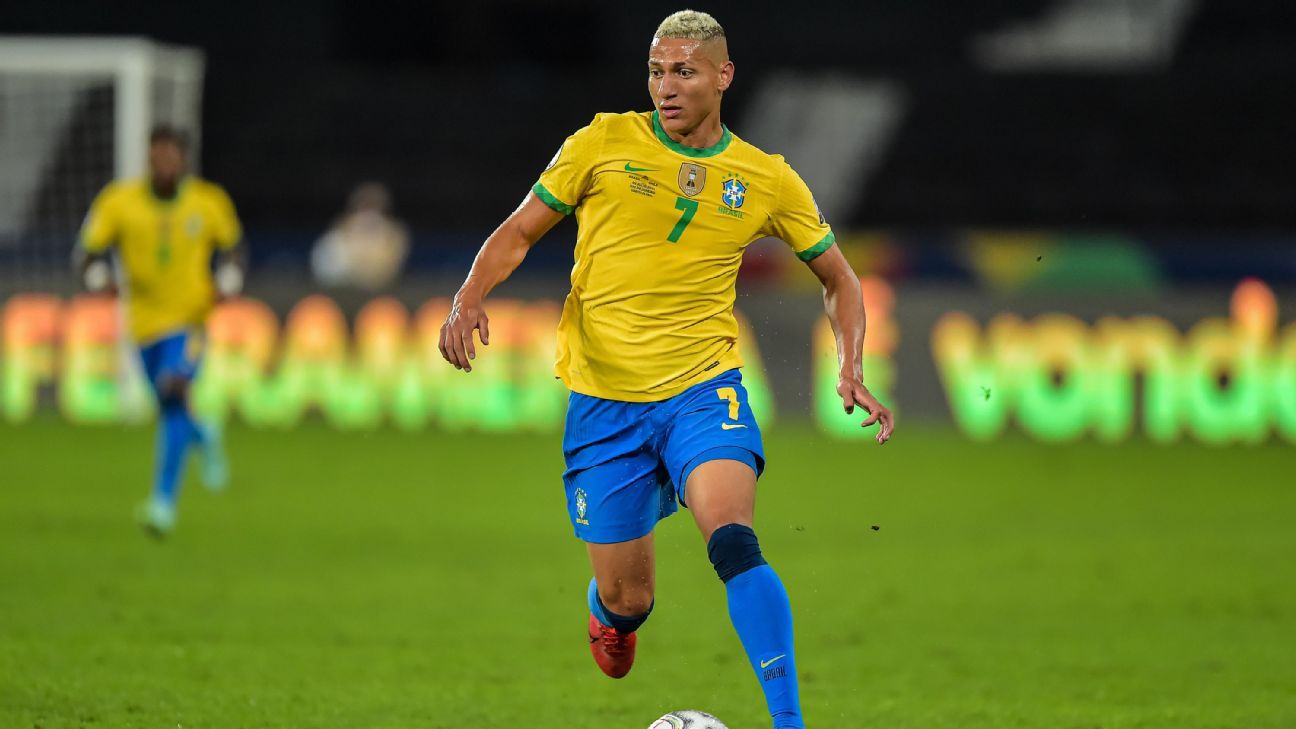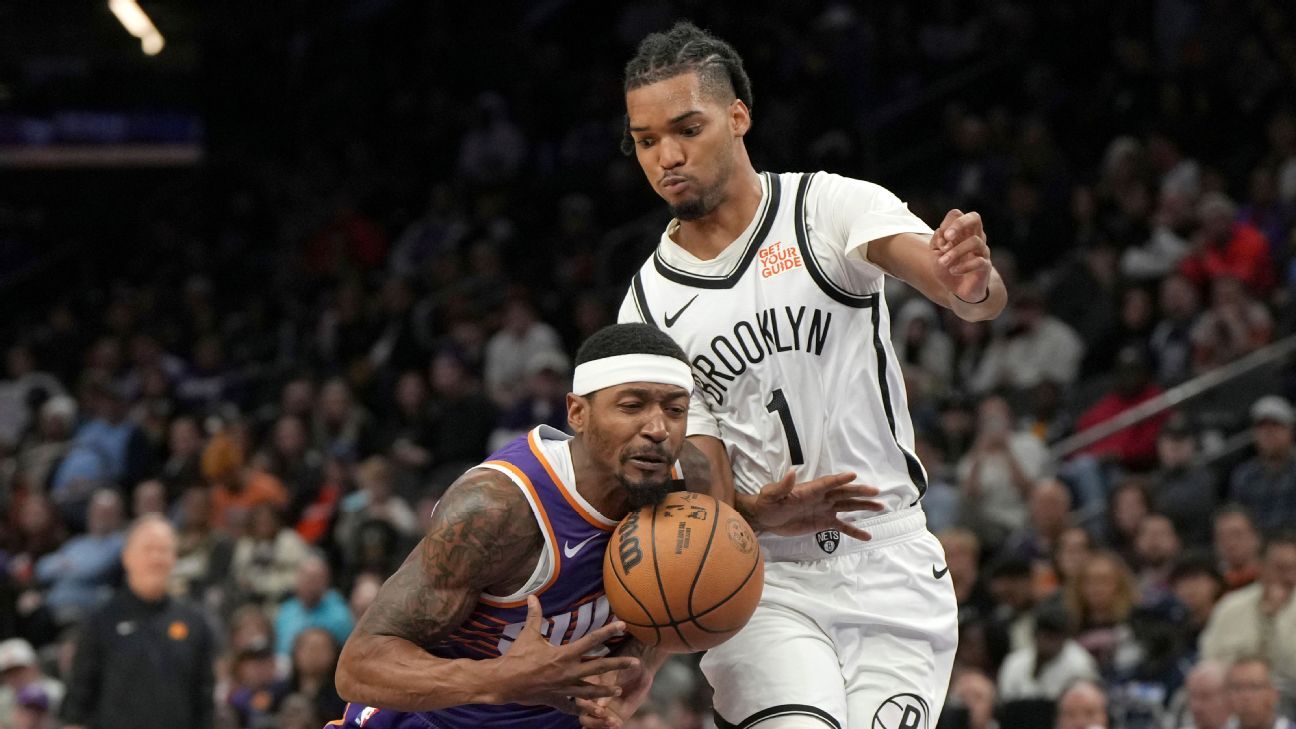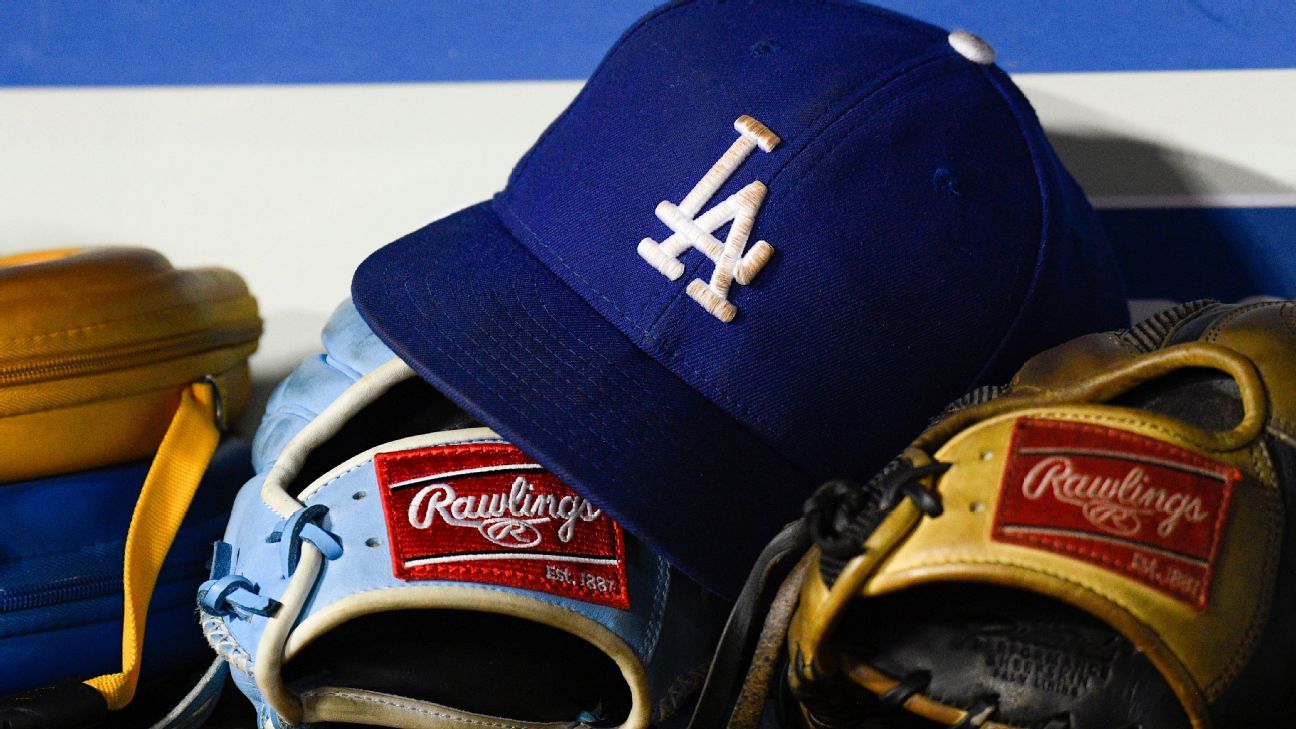
The World Cup is the child of the Olympic football tournament. To be more specific, it is the child of the South American contribution to the Olympic football tournament.
In 1924, in Paris, Uruguay astonished allcomers with the brilliance of their football -- a new balletic style that thrilled the crowds as these unheralded players from a tiny country on the other side of the Atlantic cruised to the gold medal. It was the fruit of the rapid advancement of the South American game, fuelled by the birth of the Copa America in 1916 and held almost annually afterwards. In Amsterdam four years later, Uruguay proved it was no fluke. They won gold again, with Argentina also making the journey and claiming silver.
It was clear. There had to be a global football competition open to all -- not just amateurs, as in the Olympics, but professionals as well. And thus the World Cup was born -- staged and won by Uruguay in 1930, with Argentina once more coming second.
All of this gives the Olympic football tournament an important place in the culture of the South American game. It permeates the vocabulary; a goal straight from a corner is "an Olympic goal," from an early encounter between Uruguay and Argentina. And a lap of honour is "an Olympic lap" because the Uruguayan players did it to salute the crowd in the Paris Games.
Football is what South America does well. Uruguay has never won another gold medal in anything. The only medal in the history of Paraguayan sport is the silver from the football tournament of 2004.
The tournament, then, has historical traction and present-day interest. It is an under-23 competition -- under-24 this time because of the one-year delay -- in which sides can also field three over-age players. It serves, then, as a kind of halfway house between the under-20s and the senior side. It is a tournament to develop players with a title to be won -- and both Brazil and Argentina are about to set about that objective.
- Stream ESPN FC Daily on ESPN+ (U.S. only)
Argentina won gold in 2004 and 2008. Four years later, in London, Mexico shocked Brazil in the final. But Brazil finally managed to complete their trophy cabinet at the Rio Games in 2016, when Neymar's penalty clinched a shootout win over Germany and provided the home audience with its brightest memory from the first Olympics to be held in South America.
Some thought that gold medal would put to rest Brazil's obsession with the Olympic tournament. But this does not seem to be the case. For a campaign that begins where the last one ended -- with a meeting with Germany -- Brazil have selected a strong squad with the full quota of over-age players.
Getting hold of the players is a tricky task, requiring delicate negotiations. From 2008 there has been no obligation on clubs to release players for the tournament. There was no way, for example, that Real Madrid were going to make Rodrygo available and, unusually, even a Brazilian club has declined to play ball. Much to his discontent, Flamengo would not let centre-forward Pedro join the squad.
Nedum Onuoha applauds German Olympic team for addressing racial discrimination
Nedum Onuoha explains why he approves of the German Olympic soccer team for walking off the pitch after claims of facing racial discrimination from a Honduran player.
Even so, there are plenty of star names. Striker Richarlison and midfielder Douglas Luiz came straight from the Copa America into the Olympic squad. And former Barcelona right-back Dani Alves would surely have played in the Copa had injury not struck. Now 38, Alves still harbours hopes of making the next World Cup. The Olympic tournament is a stage for him to show that he is still up to the task.
The other over-age players are goalkeeper Santos and Sevilla FC centre-back Diego Carlos, who has been in and around the senior squad in the past few months -- as have central midfielders Bruno Guimaraes and Matheus Henrique, who were the heartbeat of the side in the qualification tournament at the start of last year. Star of the show then was Hertha Berlin centre forward Matheus Cunha, a rangy figure who finished the tournament as top scorer. The recent Copa America highlighted that this position is still up for grabs in the senior side, and so his performances will be watched with interest.
Argentina, meanwhile, seem to have focused more on player development than on putting out the strongest possible squad. And the absence of names from Boca Juniors and River Plate would suggest the team has not received total co-operation from the big clubs -- which is hardly surprisingly, as those called up have missed the first knockout round of the Copa Libertadores, South America's Champions League.
- Karlsen: Olympic stars to watch include Reinier, Diallo, Cucurella
- Lowe: Spain fell short at Euro 2020 but now have eyes on Olympics
- Dove: What does Africa bring to the Olympic table?
- Tan: Japan set sights on Olympic gold but is that a realistic goal?
There is only one over-age player, goalkeeper Jeremias Ledesma, fresh from a successful season in Spai with Cadiz. And only one member of the squad has started a match for the senior side -- Brighton & Hove Albion playmaker Alexis MacAllister. And he started only once, in a friendly. Rumbustious centre-forward Adolfo Gaich came off the bench for two minutes of a friendly. So there is nothing like the level of experience that is in the Brazil squad.
But there are high hopes of centre-backs Nehuen Perez and Facundo Medina -- a position where Argentina need more strength in depth at senior level. And many will be watching strong central midfielder Martin Payero and subtle playmaker Thiago Almada.
The team coach is Fernando Batista, younger brother of Sergio Batista, the big, bearded holding midfielder in the Argentina World Cup-winning side of 1986. Batista Snr. also coached the team to the gold medal in 2008. Fernando, then, has a lot to live up -- and a tough group that includes Australia, Egypt and Spain to negotiate. A repeat of 13 years ago looks unlikely. Success will probably be better measured by how many of these players go on to be useful at senior level.















 Phone: (800) 737. 6040
Phone: (800) 737. 6040 Fax: (800) 825 5558
Fax: (800) 825 5558 Website:
Website:  Email:
Email: 






